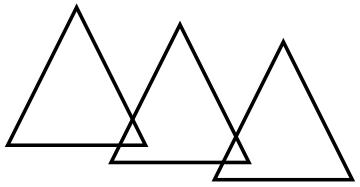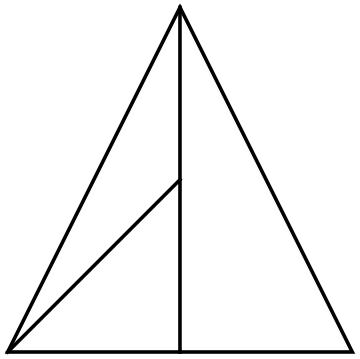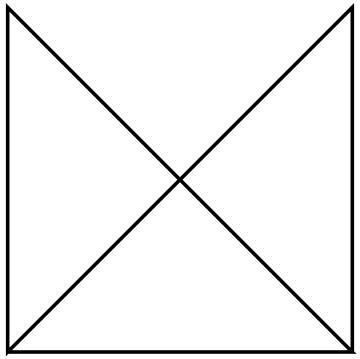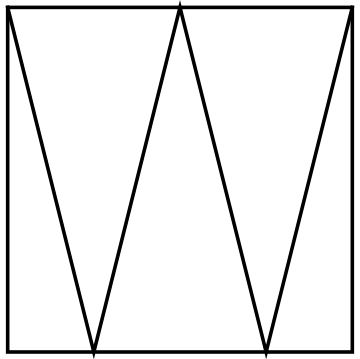My Favorite Problems from the Moscow Math Olympiad 2016
I picked four problems that I liked from the Moscow Math Olympiad 2016:
Problem 1. Ten people are sitting around a round table. Some of them are knights who always tell the truth, and some of them are knaves who always lie. Two people said, “Both neighbors of mine are knaves.” The other eight people said, “Both neighbors of mine are knights.” How many knights might be sitting around the round table?
Problem 2. Today at least three members of the English club came to the club. Following the tradition, each member brought their favorite juice in the amount they plan to drink tonight. By the rules of the club, at any moment any three members of the club can sit at a table and drink from their juice bottles on the condition that they drink the same amount of juice. Prove that all the members can finish their juice bottles tonight if and only if no one brings more than the third of the total juice brought to the club.
Problem 3. Three piles of nuts together contain an even number of nuts. One move consists of moving half of the nuts from a pile with an even number of nuts to one of the other two piles. Prove that no matter what the initial position of nuts, it is possible to collect exactly half of all the nuts in one pile.
Problem 4. N people crossed the river starting from the left bank and using one boat. Each time two people rowed a boat to the right bank and one person returned the boat back to the left bank. Before the crossing each person knew one joke that was different from all the other persons’ jokes. While there were two people in the boat, each told the other person all the jokes they knew at the time. For any integer k find the smallest N such that it is possible that after the crossing each person knows at least k more jokes in addition to the one they knew at the start.
Spoiler for Problem 2. I want to mention a beautiful solution to problem 2. Let’s divide a circle into n arcs proportionate to the amount of juice members have. Let us inscribe an equilateral triangle into the circle. In a general position the vertices of the triangle point to three distinct people. These are the people who should start drinking juices with the same speed. We rotate the triangle to match the drinking speed, and as soon as the triangle switches the arcs, we switch drinking people correspondingly. After 120 degree rotation all the juices will be finished.
Share:





